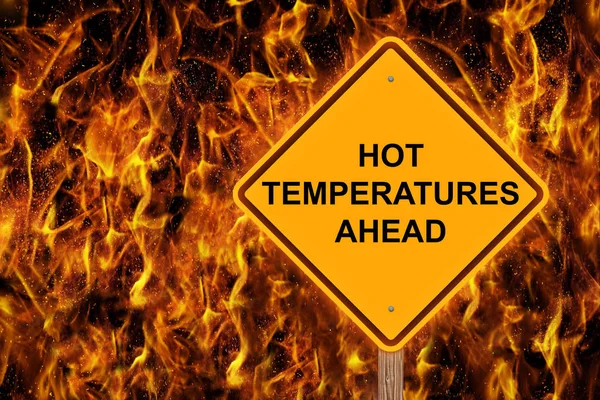Prevent Heat Stress in Alpacas and Llamas

Heat Stress in Llamas and Alpacas
Are You Ready for Summer? a.k.a. Have You Sheared Your Llama/Alpaca Yet?
David E Anderson, DVM, MS, DACVS
Director, International Camelid Initiative
Ohio State University
College of Veterinary Medicine
April 12, 2004
Spring is rapidly passing and the warmth of the sun melting away any trace of winter. We are beginning the throws of another spring parasite research project. This time we are looking at some herbal interventions (who says I am not open minded!). This reminds me of the individual variation of these creatures. Every animal responds to stress — heat stress or any other — differently. Today, with the temperature at 72° F, the humidity at 65 % (HIS = 137 for those of you who remember the heat stress index calculation; HSI = temp + humidity), and direct sun exposure, some animals show low-grade heat stress when handled. The llamas and alpacas are not yet sheared — that is another lab for another day. Now, my mind drifts back to last year. 2003 was a decent year for us, but several llamas and alpacas died of severe, unrelenting heat stress in Ohio. 2002 was not much better but I was proud of our clients whose preparation for summer resulted in extremely few problems.
We saved most, but some get treatment too late. A friend sent me a reminder about an upcoming newsletter and I starting to think of all the things I wished all our clients knew to prepare for heat stress season. So, here are my TOP TEN list of things to do. The list is not all inclusive, but these are some of the most important things we need to do to protect the llamas and alpacas from heat stress before it happens to you!
- SHEAR - I recommend that all llamas and alpacas be sheared before June 1 every year. Barrel cuts seem to work OK, but not shearing is not an option.
- SHADE - Lots of shade should be available. Most critical is that there is enough shade for ALL the animals to be shaded at the same time whenever they want.
- VENTILATION - A good breeze is worth a thousand words. The most important thing is that the wind can get underneath the animals where the thermal window is located. Fans should blow across the barn at floor level (not down from a height). Barns should have cross-ventilation so that stagnation does not occur in any area.
- WATER - Clean, plain, fresh water should always be available. Water should be replaced at least twice a day to keep it cool (not cold). Water should be in the shade and animals should not have to compete for access.
- BEDDING - Straw is bad in summer. This thick bedding closes off the thermal window and decreases access to ventilation. Sand bedding, especially slightly moist, is very good at absorbing heat from the animals. Concrete is hard, but cool and easy to clean and wet down.
- WADING - I like pools. Llamas and alpacas will seek out puddles, ponds, etc. to get cool. This tends to make hair fall out if they lay around in water too much of the time, but pools are very effective at allowing the animals to self-regulate temperature. Bad for show season, but good for non-showers. The pool should be in the shade and freshened daily.
- MONITORING - Observation is the key to life. Watch your animals. If they spend a lot of time eating, standing, walking around and being active then they are probably happy and healthy. If they lay around most of the day and are not active, then they may have sub clinical heat stress (early stage) and intervention may be warranted. Watch your breeding males very closely. If you see the scrotum getting pendulous, baggy, or increasing in size, do something immediately or you may lose fertility!
- FEEDING - Eating and digesting hay takes a lot of work and generates a lot of heat. Some have suggested that less hay, more grass and grains cause less heat stress risk because heat production from digestion is minimized. I question the application of this concept, but certainly pasture grazing is the best management style.
- ELECTROLYTES - I am a big believer in the protective effect of electrolytes. I make water available that has salt, potassium, glucose, and bicarbonate in it to help replace losses that occur in sweat and breathing. I am a big believer in the protective effects of a balanced diet. Of particular interest for heat stress is that adequate Vitamin E, Selenium, Zinc, and Copper are available.
- PREGNANCY - I prefer to see females in this area of the country having crias in the spring. This optimizes easy re-breeding of females; allows optimal lactation because of the nutrition of fresh grass; optimizes cria health because of sunlight, clean pastures, and good nutrition; and prevents females from having to suffer late gestation in the hot summer months. Successful treatment of heat stress depends upon early recognition (increased respiration, lethargy, increased recumbency, decreased appetite, decreased cooperation with or participation in activity, flared nostrils). Most of the above-mentioned prevention strategies can be applied as treatment. Consult a veterinarian at the earliest time for animals showing abnormalities of behavior during summer months.
Like this article? Become a RMLA Member today!

